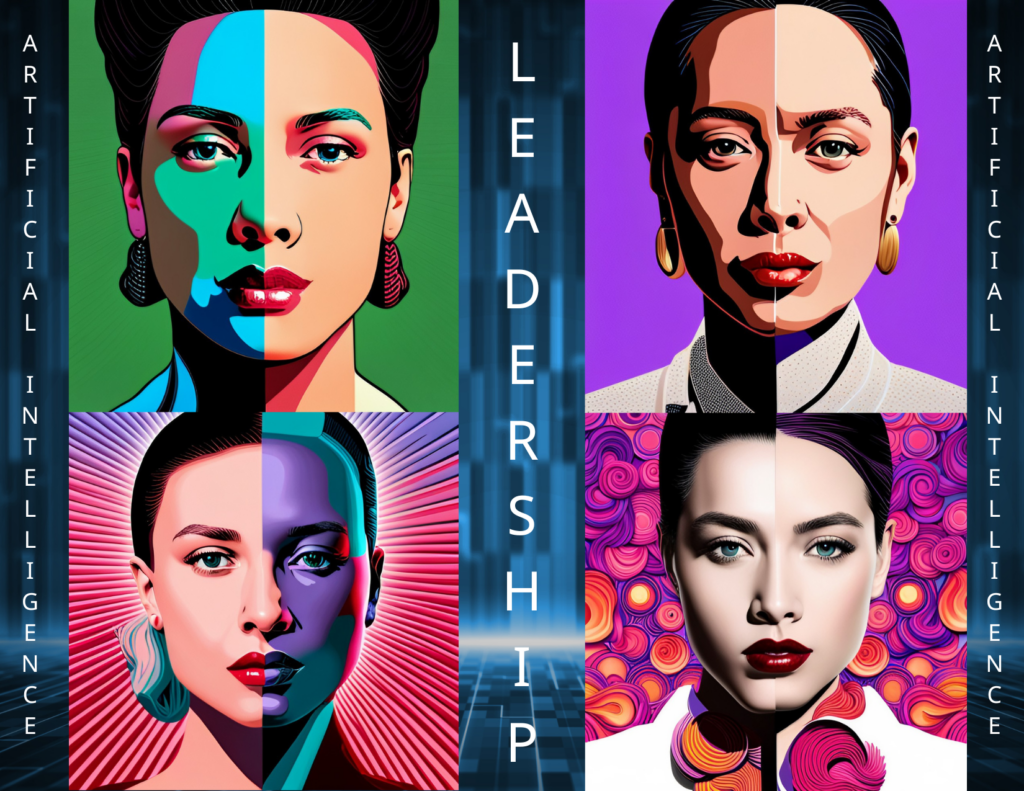Artificial Intelligence (AI) has become a common buzzword as digital transformation reshapes our world. AI is permeating every industry and starting to change the way businesses operate. As leaders in this modern technological revolution, it is essential to understand the potential effect AI will have in our professions and within the workforce. How can AI drive efficiency gains while ensuring constituent and customer satisfaction? What do we need to do to equip and prepare our workforce? How does this change how we lead?
According to the 2022 McKinsey Global Survey on AI, there has been a slight plateau in the growth of AI. However, over the past six years, there has been a significant increase in AI capabilities such as robotic process automation, computer vision, natural-language text understanding, and virtual agents or conversational interfaces. These capabilities are commonly used in service operations, including customer care, product and service development, and marketing or sales. Why is adoption leveling off? Some organizations may be recognizing the significant changes that are necessary to successfully implement this technology along with the need for more substantial financial investments.
What is artificial intelligence?
AI refers to a digital computer or computer-controlled robot’s capability to carry out tasks typically associated with human beings. AI is a broad term covering various technologies, from robotics to machine learning and natural language processing. There are numerous meanings attributed to the term AI, which can often result in misunderstandings. AI is not like the human brain and is not 100% objective. Different forms of AI exist, such as machine learning, deep learning, and generative AI. Generative AI technologies such as ChatGPT are the most known to the layperson.
What Does an AI Future Look Like for Employees and Employers?
Numerous organizations are exploring utilizing the latest technologies to optimize productivity and work quality. AI has proven to be highly effective in automating tasks like handling customer service queries, gathering data for informed decision-making and customer insights, and conducting predictive analytics for forecasting future trends. You might not realize it, but magazines and newspapers have been using AI for many years to automate financial and sports stories.
Assessing which areas in your organization might benefit the most from AI integration is essential. Analyze how your current processes and operations can be enhanced with AI and explore potential opportunities for utilizing new AI technologies. As an individual in a position of leadership or decision-making, it is crucial to remain proactive and use the capabilities of artificial intelligence to advance your enterprise toward new levels of success.
1. How Automation Is Changing Job Requirements.
Automation is changing the way we think about tasks. With machines taking over some of the more mundane tasks, employees can focus on more critical and creative work. This means that employees might need to adapt and learn new skills that previously might not have been as relevant to their jobs. These types of transitions may not always be easy; however, with training and the support of their leaders, it presents an exciting chance for workers to learn new skills and adopt innovative approaches to doing their jobs differently.
2. The Benefits of Using AI in Organizational Decision-Making.
AI has numerous advantages, such as detecting patterns and trends and predicting future events. This helps to uncover insights that may have been overlooked otherwise. One way to achieve a competitive advantage is by connecting AI strategies to the desired business outcomes. In today’s fast-paced business environment, organizations constantly seek ways to gather and analyze larger data sets to make more informed decisions. By utilizing AI in decision-making, organizations can tackle complex problems and make strategic decisions more accurately than ever.
3. Challenges Facing Leaders in Organizations Integrating AI Technology.
Traditional mindsets can pose a challenge to organizations looking to adopt AI. Some employees may be resistant to change or skeptical of the benefits that AI can bring to their business. Change management might be the biggest hurdle in integrating AI technologies. Those businesses and organizations that are slow to adopt AI may fall behind their competitors who are already leveraging the technology to gain a competitive edge. By proactively addressing challenges, organizations can reap the many benefits of AI.
4. What does this mean for leaders?
Leadership behaviors and competencies must shift as the workplace leans more toward AI. One of the most critical aspects of leading will be identifying the signals of change. AI is a new tool for leaders, and the ability to use it strategically will be essential. This will require thinking in groups to gain multiple perspectives and data points. The ability to ask insightful and strategic questions will become necessary for problem-solving. This means adopting a learning mindset and leading with curiosity and creativity to build new pathways to achieve outcomes.
Communication will be even more critical for teams and organizational readiness. As we begin to work in new ways, the organizational structure of teams may change from a hierarchical model to a more collaborative and project-oriented working group. Change management will become more important as new working systems are created, and project managers will become more essential for a shared leadership model.
Emotional intelligence, empathy, relationship building, and the ability to influence will continue to be necessary for leading teams. Maintaining diverse and inclusive teams will remain crucial for boosting productivity and performance. As AI rises in prominence, it is essential to remember the importance of human skills that machines cannot replicate. The future of work may be increasingly AI-driven, but it is up to leaders to determine how best to maximize its potential while still valuing human input.
5. Ethics and AI
Leaders should be mindful of the ethical implications of AI in the workplace and ensure that it is used responsibly. AI solutions must adhere to relevant data privacy regulations, labor laws, and other societal norms. Furthermore, leaders need to understand the potential biases inherent in AI models.
The Artificial Intelligence era is here, and it will become increasingly difficult for businesses to stay competitive without leveraging AI. Organizations need strong leaders who understand how to use AI most effectively and are willing to invest the time to create an innovative environment that allows employees to thrive.
Note: This article was created with the help of a generative AI system that provided automated insights. The accompanying images were generated using natural language prompts by the same system.







